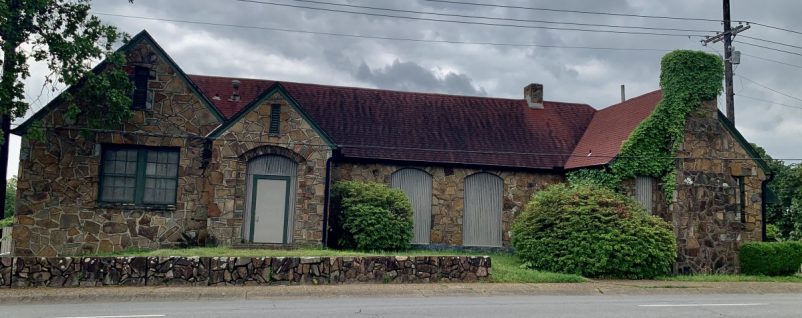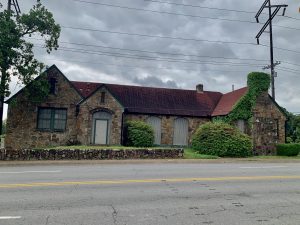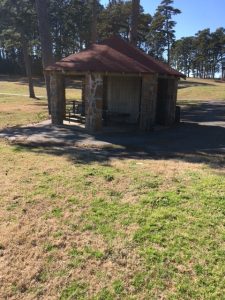

| Endangered List: Back To Main Page |
| Address: • 551 Markham Street, Little Rock |
| City/County/Congressional District: • Little Rock , Pulaski County ( District 2 ) |
| Location Class: • Commercial |
| Year Built: • 1930 |
| Historic Designation: • National Register of Historic Places 2020 |
| Status: • Endangered |


The historic Fair Park Golf Course, now known as War Memorial Golf Course, is significant as the oldest municipal golf course in Little Rock and for its association with the development of public recreation in the capital city. In the mid-1920s, the City of Little Rock purchased land for a park at what was then its western edge and called it Fair Park, as the site had hosted the state fair in 1922. The original master plan for Fair Park included a golf course, zoo, mid-way, swimming pool, and baseball stadium, among other amenities. In 1929, the City’s first Golf Course Commission chose Herman Heckbarth, the long-time golf pro and greenskeeper at the Country Club of Little Rock, to design the municipal course at Fair Park. The footprint of that design, which aligned with the existing topography of the land, underwent only a few alterations from the course’s opening in the 1930s until its closure in 2019. During the Great Depression, the Works Progress Administration (WPA) con-structed a native stone clubhouse, gazebo, and stone pillars at the Fair Park Golf Course. The park was renamed War Memorial Park in 1948 after the completion of War Memorial Stadium. War Memorial Golf Course continued to serve as a municipal course until July 2019, when it was closed by the City for budgetary reasons. The golf course, along with its WPA-built structures and site features, was listed in the National Register of Historic Places in September 2020. Because the golf course is now listed in the National Register, the City is eligible for grant funding through the Arkansas Historic Preservation Program to rehabilitate historic buildings and structures on the property. Additionally, buildings like the clubhouse could be rehabilitated with federal and state historic tax credits if done in partnership with a private entity.
Preserve Arkansas is committed to making its Web site accessible to all users and welcomes comments or suggestions on access improvements. Please send comments or suggestions on accessibility to info@preservearkansas.org.
